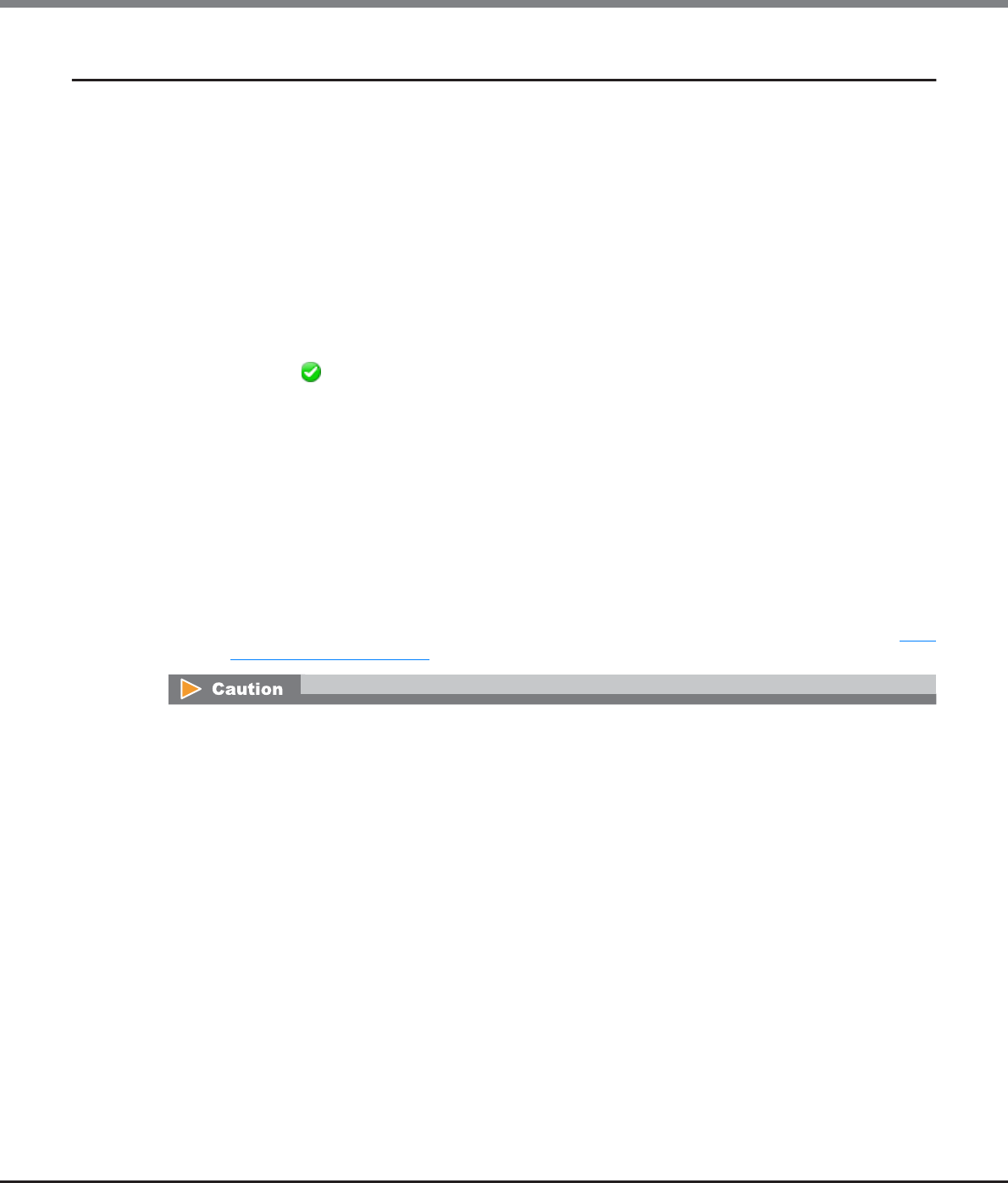
Chapter 6 RAID Group Management
6.2 Functions in the Action Area for RAID Group
ETERNUS Web GUI User’s Guide
Copyright 2013 FUJITSU LIMITED P2X0-1090-10ENZ0
186
6.2.5 Expand RAID Group
This function adds drives to the existing RAID group by using the Logical Device Expansion (LDE) function to
dynamically expand RAID group capacity. This function can also dynamically change the RAID type of an
existing RAID group.
RAID group expansion provides the following features without stopping the ETERNUS DX Disk storage system
operation:
• RAID group expansion add disks to the existing RAID group in units of one drive. This enables capacity
expansion of RAID groups with smaller number of drive expansion.
• RAID groups can be expanded and any existing data in these RAID groups is retained.
Requirements for expanding a RAID group:
• The "Status" is " Available"
• Standard volumes, SDVs, or SDPVs are registered
• Not registered in the TPP
• Not registered in the FTRP
• Not registered as an REC Disk Buffer
• The RAID group is not blocked
• Formatting is not being performed for the volume that is registered in the RAID group
• Encryption is not being performed for the volume that is registered in the RAID group
• Storage Migration paths are not created in the volume that is registered in the RAID group
• The stripe size of the RAID group is not expanded (*1).
*1: A RAID group for which the Stripe Depth value in the [RAID Group (Basic)] screen of the [RAID Group (Basic Infor-
mation)] screen is 128KB or more. Note that the Stripe Depth value for RAID1 cannot be changed. Refer to "6.1.5
RAID Group (Basic)" (page 169) for details.
• Before expanding the RAID group, back up data in all the logical volumes in the target RAID group to a
different location. If not, data cannot be recovered when expansion fails. If expansion fails, data can be
recovered from the backed up data.
• When adding drives, use drives that have the same capacity and speed as the drives that configure the
target RAID group. If drives of different capacities exist in a RAID group, the smallest capacity becomes
the standard for the RAID group after expansion, and all other drives are regarded as having the same
capacity as the smallest drive. In this case, the remaining drive space is not used. In addition, if drives of
different speeds exist in a RAID group, the access performance of the RAID group is reduced by the slower
drives.
• If the drives that configure the target RAID group are SSDs, SSDs must be used when adding drives.
• If the drives that configure the target RAID group are SEDs, SEDs must be used when adding drives.
• RAID group expansion can be performed when the RAID group capacity after expansion is the same or
larger than the current capacity.
• RAID group expansion can only be performed for one RAID group at a time.
• RAID group expansion cannot be suspended.


















